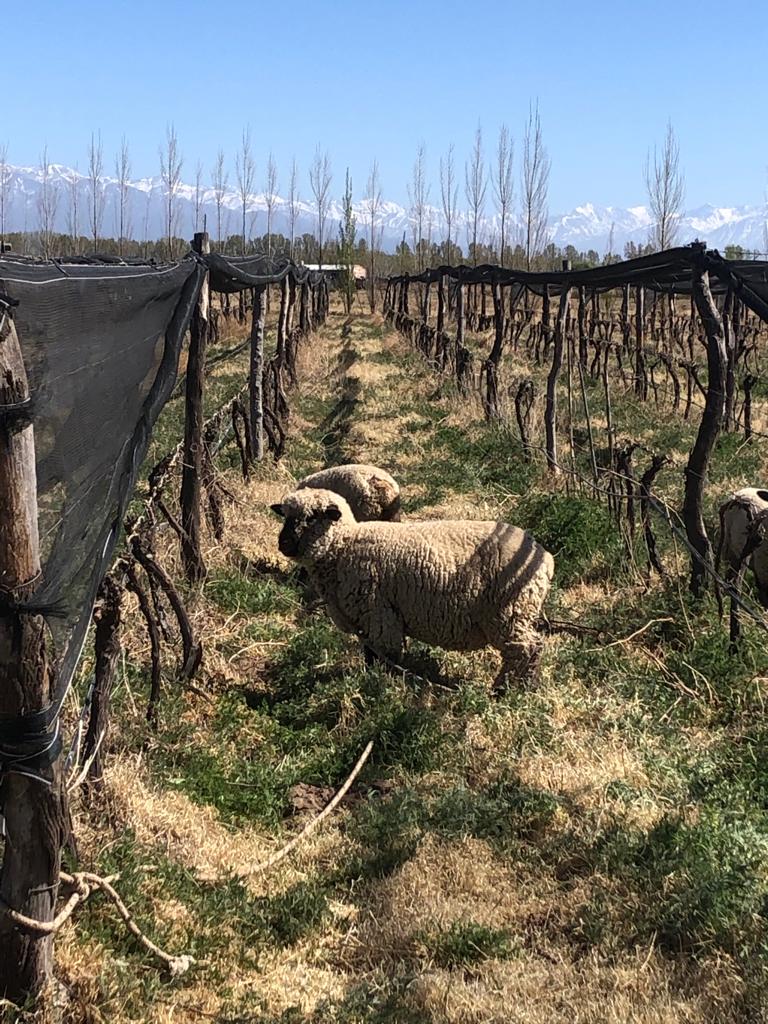Canopus
Gabriel Dvoskin worked as a journalist for 15 years, living and traveling throughout Asia and Europe. A musician and a writer, he lived in Paris and worked as a war correspondent in the 1990s. At the same time, Gabriel discovered a passion for wine and viticulture, particularly the wines of Burgundy, Barolo, and the Mosel. This led to time as a harvest assistant and vineyard hand at esteemed wineries in the Rhône and in Burgundy. Eventually he decided to change careers and to devote himself to wine and winemaking full-time.
Returning to Argentina in 2007, Gabriel knew what he was looking for: a cool vineyard site, suited to organic and biodynamic agriculture, with calcareous soils. Wines made with limited intervention in the cellar from these sorts of sites in Europe were the wines that had captivated him; he wanted to make wine in these styles in Argentina. In El Cepillo, at the cold southern end of the Uco Valley of Mendoza, Gabriel found the region he was seeking. A special microclimate, widely considered too cold for vines, sets the area apart from the largely sunny and warmer Mendoza region.
But it was the unique soils, composed of three layers of distinct calcareous sediments, that really drew him to El Cepillo. From there, Gabriel set out to meticulously map the local geological formations and soil types, collaborating with geologists and local farmers, as he sought out the precise microclimate and soil profile on which to plant vines. In the end he decided on a site at the meeting point of the fluvial and alluvial sedimentary layers which had been successively washed down from the heights of the Andes. Made up of a mix of calcium carbonate, sand, and round river stones, these soils are highly acidic. Gabriel felt that they offered the right conditions, with the cool climate, to produce fresh wines characterized by minerality and tension.
His location found, Gabriel planted 8 hectares of Malbec and 2 hectares of Pinot Noir in 2009, at roughly 990 meters of elevation between the Río Tunuyán and the Arroyo de los Papagayos. The heights of the Chilean and Argentine Andes frame the vineyards to the west. The area is quite cold: frosts are a constant enemy in the spring and the grapes ripen slowly on the vine. Even in warm years, the wines demonstrate a freshness and structure that is uncommon in Argentinian wine.
Gabriel has worked organically in the vineyard since it was planted, and Canopus is certified organic by Letis and currently pursuing biodynamic certification. In the cellar, Gabriel employs only neutral vessels: primarily concrete, but also used barrels, and amphorae from tinajero Juan Padilla in Spain. He almost always includes some portion of the stems during fermentation, making some wines 100% whole cluster, but more commonly employing tea-like infusions of whole-cluster bunches in destemmed juice. But the goal is always to reflect the place and to translate the character of his carefully farmed fruit without excessive embellishment in the cellar – to make wines of terroir, rather than wines of technique.

